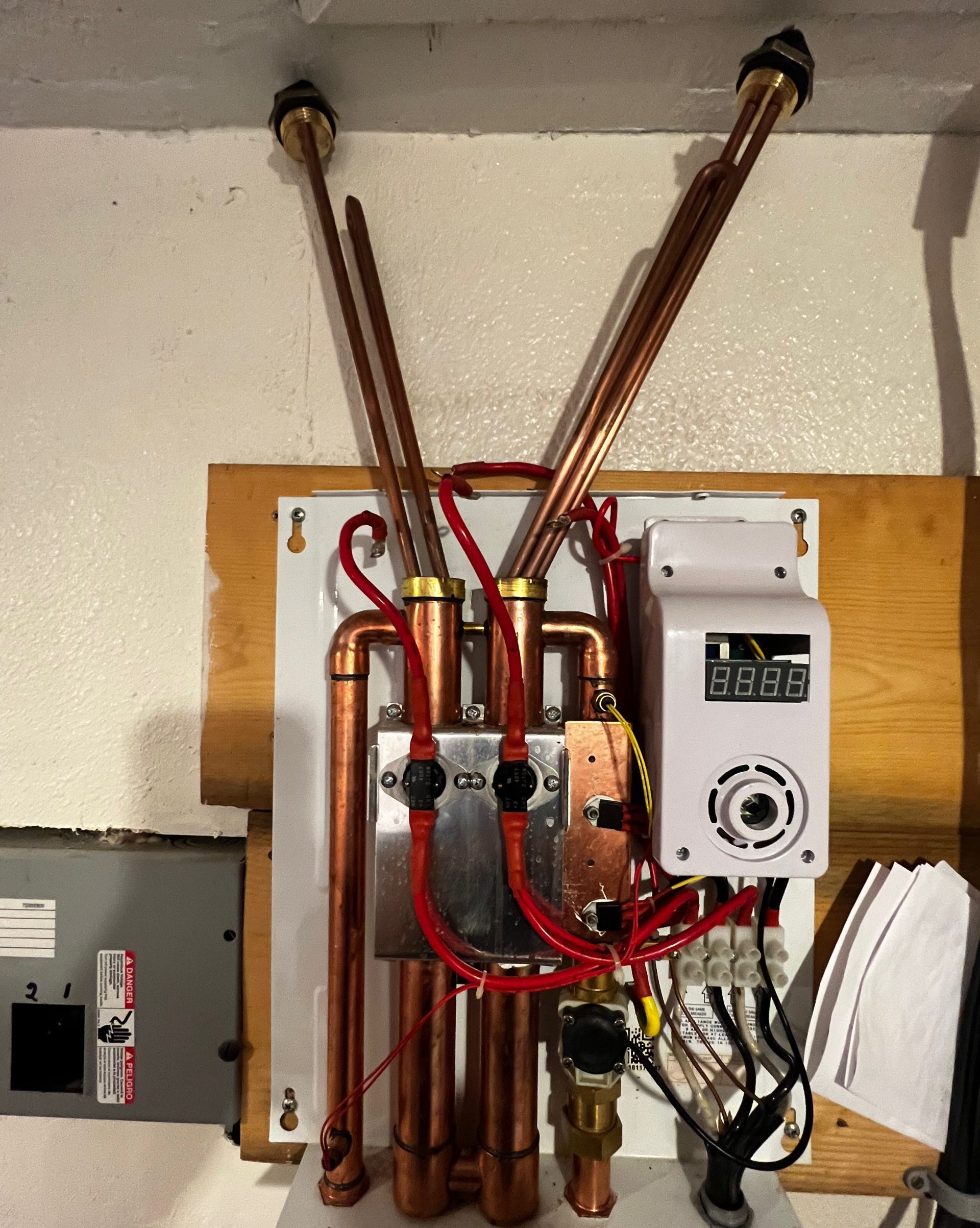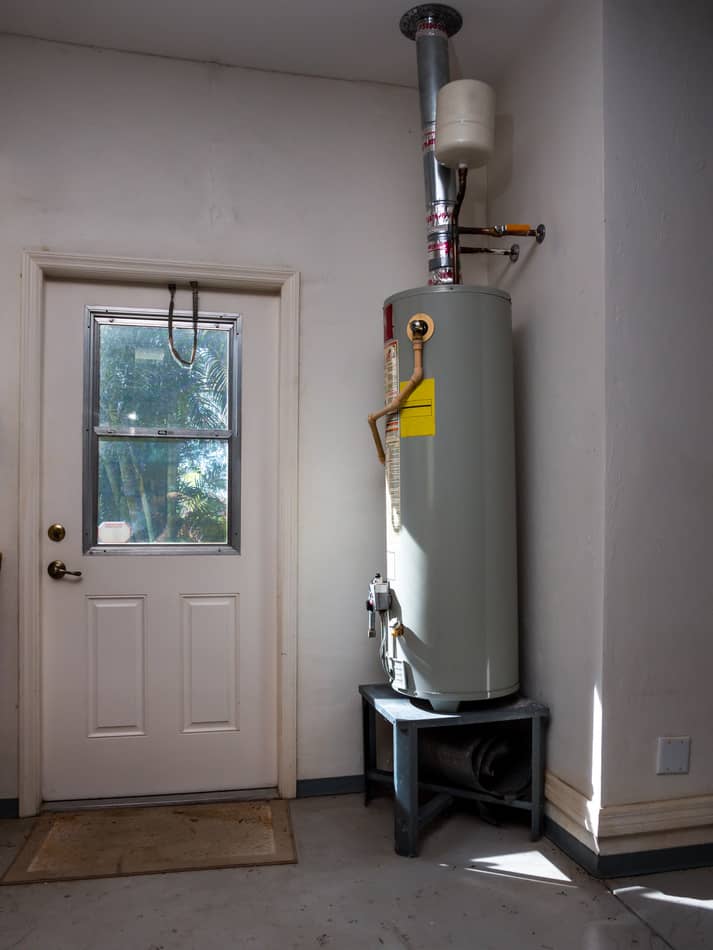Best Practices for Maintaining Your Home's Hot Water System
Best Practices for Maintaining Your Home's Hot Water System
Blog Article
Have you been hunting for help concerning How to Maintain Your Water Heater & Prolong its Life?

Hot water is essential for everyday convenience, whether it's for a revitalizing shower or cleaning dishes. To ensure your hot water system runs efficiently and lasts longer, regular upkeep is key. This write-up supplies useful suggestions and insights on how to maintain your home's hot water system to avoid disruptions and costly repairs.
Introduction
Maintaining your home's hot water system could appear complicated, yet with a couple of basic actions, you can ensure it runs efficiently for many years to come. This overview covers whatever from comprehending your warm water system to DIY maintenance pointers and understanding when to hire professional aid.
Value of Maintaining Your Warm Water System
Routine maintenance not just prolongs the lifespan of your warm water system but additionally ensures it operates successfully. Neglecting maintenance can lead to decreased efficiency, higher energy bills, and even premature failing of the system.
Indications Your Hot Water System Requirements Upkeep
Recognizing when your warm water system needs attention can avoid major concerns. Look out for indications such as irregular water temperature, odd sounds from the heater, or rusty water.
Comprehending Your Warm Water System
Prior to diving into upkeep jobs, it's valuable to understand the fundamental parts of your hot water system. Commonly, this consists of the hot water heater itself, pipes, anode rods, and temperature level controls.
Month-to-month Upkeep Tasks
Routine monthly checks can help catch minor issues before they escalate.
Flushing the Hot Water Heater
Purging your water heater eliminates sediment accumulation, boosting efficiency and extending its life.
Monitoring and Replacing Anode Rods
Anode rods protect against corrosion inside the tank. Checking and replacing them when worn is essential.
Evaluating and Changing Temperature Level Settings
Readjusting the temperature setups ensures ideal performance and security.
Do It Yourself Tips for Maintenance
You can do numerous maintenance jobs yourself to maintain your warm water system in top problem.
Checking for Leakages
Routinely evaluate pipes and links for leakages, as these can lead to water damages and higher costs.
Evaluating Stress Relief Valves
Examining the stress relief valve ensures it operates properly and avoids excessive pressure buildup.
Shielding Pipes
Insulating warm water pipes reduces warmth loss and can save power.
When to Call a Specialist
While DIY upkeep is helpful, some problems require specialist competence.
Complex Concerns Needing Professional Aid
Examples consist of significant leaks, electric problems, or if your water heater is consistently underperforming.
Regular Specialist Maintenance Conveniences
Expert maintenance can consist of comprehensive assessments, tune-ups, and ensuring conformity with safety standards.
Verdict
Routine upkeep of your home's hot water system is crucial for efficiency, durability, and cost financial savings. By following these tips and understanding when to look for professional assistance, you can ensure a trustworthy supply of warm water without unforeseen disturbances.
Water Heater Maintenance: The Basics
Maintaining your water heater will ensure it operates efficiently and has a longer lifespan. Neglecting regular maintenance can lead to costly repairs and an even bigger chunk of your savings if you have to replace it sooner than necessary. But there’s good news: Most water heater maintenance tasks are relatively simple and easy for homeowners with basic DIY skills.
Flush the Water Heater
Over time, sediment and minerals can build up in the tank, reducing its efficiency and potentially causing damage. To flush the tank, turn off the power or gas supply, attach a hose to the drain valve near the bottom and open the valve to drain the water until it runs clear. Ideally, flush the tank annually.
Replace the Anode Rod
The anode rod is a sacrificial metal rod that helps prevent corrosion inside the tank. Inspect and replace it every three to five years or per the manufacturer's recommendation. To replace the anode rod, turn off the power or gas supply, drain a few gallons of water from the tank, unscrew the old rod and replace it with a new one. If the anode rod is significantly corroded or covered in calcium buildup, it's a sign the water heater may need to be replaced soon.
Tune-Up
A yearly tune-up can help identify potential issues and ensure your water heater operates at peak efficiency. This typically involves checking the thermostat, burner assembly (for gas heaters) and any other components specified by the manufacturer. During a tune-up, the technician may also clean the burner and adjust the pilot light (for gas heaters) or examine the heating elements (for electric heaters).
How to Maintain Your Water Heater
Insulate the tank. Insulating the tank can improve energy efficiency and reduce heat loss, saving you money on energy bills. You can purchase precut insulation blankets designed specifically for water heaters or use standard fiberglass insulation wrapped securely around the tank. Check the temperature. The recommended water temperature for most households is around 120 degrees Fahrenheit (49 degrees Celsius). Higher temperatures can increase energy costs and potentially cause scalding. Use a kitchen thermometer to check the temperature at the faucet nearest the water heater. Monitor water pressure. Excessive water pressure can strain the water heater and cause leaks or even tank failure. Install a pressure-reducing valve if necessary. The ideal water pressure range is between 60 and 70 PSI (pounds per square inch). Test the temperature and pressure (T&P) relief valve. The T&P relief valve is a safety feature that releases pressure if the tank gets too hot or the pressure builds up too high. Test it annually by lifting the lever and allowing a small amount of water to release. Replace the valve if it doesn't release water or reseal properly. Check for leaks. Regularly inspect the tank, pipes and fittings for leaks or corrosion. Deal with issues promptly to prevent further damage. Even a small leak can lead to significant water damage over time. Consider a tankless water heater. If your traditional tank-style water heater is nearing the end of its lifespan ( typically 10 years), consider replacing it with a tankless water heater. These units heat water on demand, reducing standby energy losses and potentially saving you money on your energy bills. Schedule professional maintenance. While homeowners can perform many water heater maintenance tasks, it's still a good idea to schedule professional maintenance every few years. A plumber or HVAC technician can thoroughly inspect the unit, identify potential issues and ensure it operates safely and efficiently. https://www.homeserve.com/en-us/blog/home-improvement/hot-water-heater-maintanence/

As a serious reader about What Kind of Maintenance Do Water Heaters Need?, I figured sharing that editorial was a good idea. Appreciated our write-up? Please quickly share it. Let someone else check it out. Thank you so much for your time invested reading it.
Apply Now Report this page